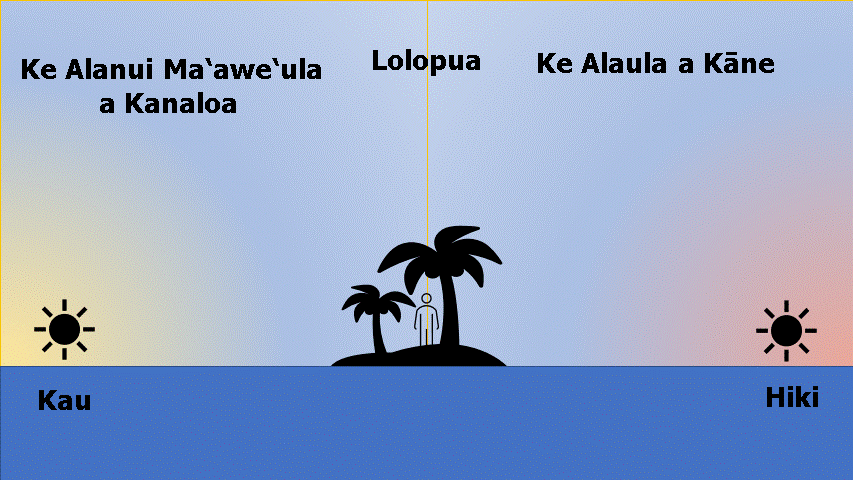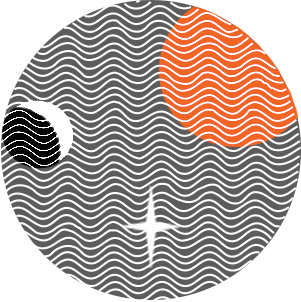Other Articles In This Series
-
Wā – Hawaiian Timekeeping Traditions
-
Pō: A day in Hawaiian Time.
-
Setting Your Hawaiian Clock
-
Helu Pō vs. Pō Mahina: Counting the days.
-
Nā Manawa o Ka Makahiki: The seasons of a year.
-
Helu Mahina: The months of a year.
-
Nā Kini Hōkū a Kāne: The innumerable stars of Kāne.
-
Setting your Hawaiian Calendar
Hua ‘Ōlelo Hou
Ke Alo o Ka Mahina | Today's Moon Phase
What to Observe

How to Observe
Activity

